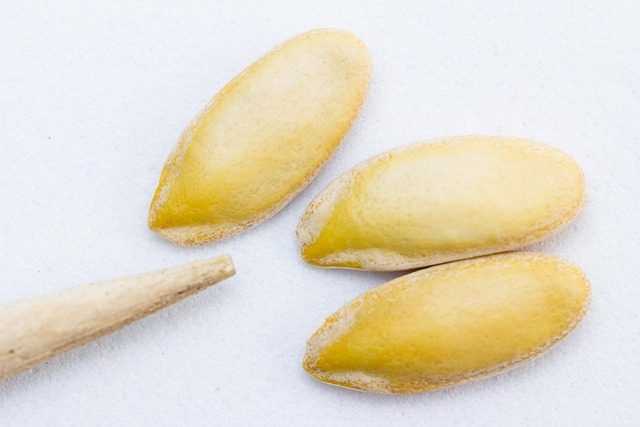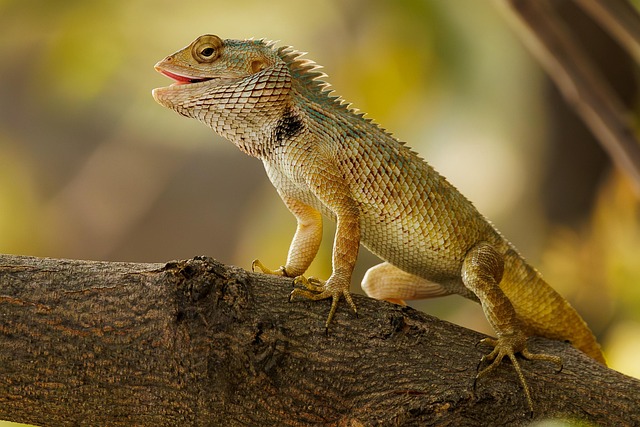
Incredible Reptile Embryo: A Natural Wonder
The world of reptiles is nothing short of captivating, and among the many wonders it holds, the development of the reptile embryo stands out as a fascinating journey through nature’s intricate design. Reptiles are ancient creatures, having roamed the Earth for over 300 million years, and their embryonic development provides a glimpse into the evolutionary timeline of these remarkable animals.
When we think about an embryo, we often picture a developing life filled with potential. In reptiles, this potential is wrapped in a tough, protective shell, allowing these embryos to develop in a variety of environments, from hot, arid deserts to humid tropical forests. Each reptile species has adapted its reproduction methods, resulting in a rich diversity of nesting behaviors and techniques.
For instance, the egg-laying process of reptiles showcases the complexity of their life cycles. Female turtles and snakes often travel miles to find the perfect nesting spot, digging into the sand or soil to create a warm, secure environment for their eggs. Once laid, these eggs undergo a miraculous transformation. Within their shells, reptile embryos begin to form a complex array of organs and systems, driven by a remarkable biological clock that is influenced by environmental factors such as temperature and humidity.
This unique aspect of reptilian embryology also underscores the connection between the natural world and the embryos developing within it. For example, the temperature at which turtle eggs are incubated can determine the sex of the hatchlings. In warmer temperatures, more females may be born, while cooler conditions may yield a higher ratio of males. This intricate balance highlights the delicate interplay between an animal’s reproductive strategy and the environment it inhabits.
The study of reptile embryos is not only a scientific pursuit but also a reminder of the resilience and adaptability of life. As habitats change due to climate shifts and human impact, understanding the embryonic development of reptiles can provide insights into their survival strategies. Conservation efforts often hinge upon this knowledge, as protecting nesting sites and ensuring appropriate environmental conditions is vital for the future of these species.
This connection to nature evokes a sense of wonder and appreciation for the details of life that often go unnoticed. The tiny embryos, quietly developing into the next generation of reptiles, are a testament to the beauty and fragility of life. Every hatchling that breaks free from its shell carries with it the legacy of its ancestors and the promise of future generations.
As we delve deeper into the world of reptile embryos, we are reminded of our responsibility to protect these remarkable creatures and their habitats. In doing so, we honor not just their lives but the intricate tapestry of nature itself, where every embryo represents a unique story waiting to unfold.



